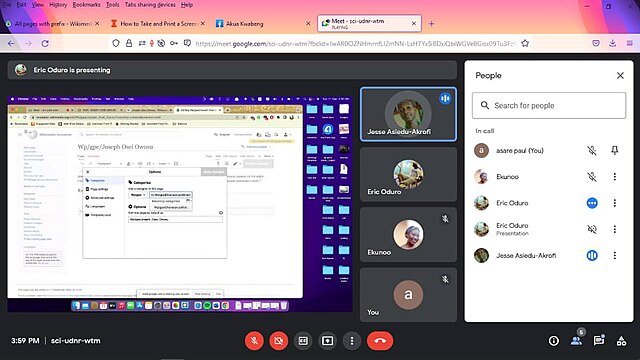Women’s presence makes the workplace more meaningful. But do organizations create an equally nurturing environment where they can flourish? Companies should cultivate psychologically safe spaces for female employees. And that’s what Home Credit Philippines and its Chief People Officer, Alpha Omega Aquino, are doing.
Alpha was one of the many Filipinas who struggled with work-life balance when she worked abroad. Apart from long, stressful work hours, she had to be absent from important family events, felt isolated, and was constantly on the verge of burnout. Working as a woman in a non-Catholic country and male-dominated industry was challenging due to her gender. These negative experiences led to frustration and anger, feelings of inadequacy, and even depression.
After 15 years of working overseas, Alpha decided to go back home and eventually found her way to Home Credit in 2019.
Home Credit provides world-class financial inclusion, lending, and other similar services to customers, mostly first-time borrowers. They take pride in being a financial ally that develops and delivers innovative financial services for financing purchases, for their clients to save for the future, and for businesses to develop closer relationships with their customers. As the company’s current Chief People Officer for four years now, Alpha takes care of over 14,000 employees, ensuring that their physical, mental, social and financial needs are met. She especially strives to make sure that the women of Home Credit won’t have to experience what she has gone through.
Creating a #HavenForHer: What Companies Can Do To Promote Women’s Safety And Wellbeing In The Workplace
Home Credit and Alpha are at the forefront of ensuring that Home Credit’s employees, especially women, work in a safe space where they won’t have to feel excluded, stressed, and mentally depleted. “Twice a year we have our eNPS survey, [in] which more than 85% of our employees participate. It’s a very good data point for us to improve the services we provide for our employees,” Alpha tells MindNation. This way, Home Credit can stay on top of employee wellbeing, maintain their job satisfaction, and foster engagement. The data that they gather also informs how Home Credit can address their concerns, create positive mental health outcomes, reduce stress and anxiety, and help employees at risk for mental health issues by providing them with psychosocial support and resources.
Home Credit is also committed to promoting gender equality in the workplace by providing equal pay and opportunities for women to advance in their careers. They also offer hybrid work arrangements and wellness leaves to support work-life balance. In addition, they foster a culture of respect and inclusion by addressing and preventing harassment and discrimination of women and promoting diversity and inclusion.
Home Credit is also committed to promoting gender equality in the workplace by providing equal pay and opportunities for women to advance in their careers.
Supporting Companies In Creating A Gender-Inclusive Workplace Culture
The commitment of Home Credit and Alpha to building a work culture that prioritizes health and wellbeing has earned them Workbean’s Workplace Health Advocate of the Year Award. last March 2023. Read all about it here. With the initiatives mentioned, Home Credit and Alpha successfully created a positive, respectful, and supportive workplace culture that every woman can describe as a #HavenForHer.
MindNation is also committed to supporting companies in creating a gender-inclusive workplace culture that prioritizes employee wellbeing. With the help of our mental health professionals, we can guide you in building a culture of empathy and mutual support that employees will find healthy, fulfilling, and meaningful. For more information, email us at [email protected].



















